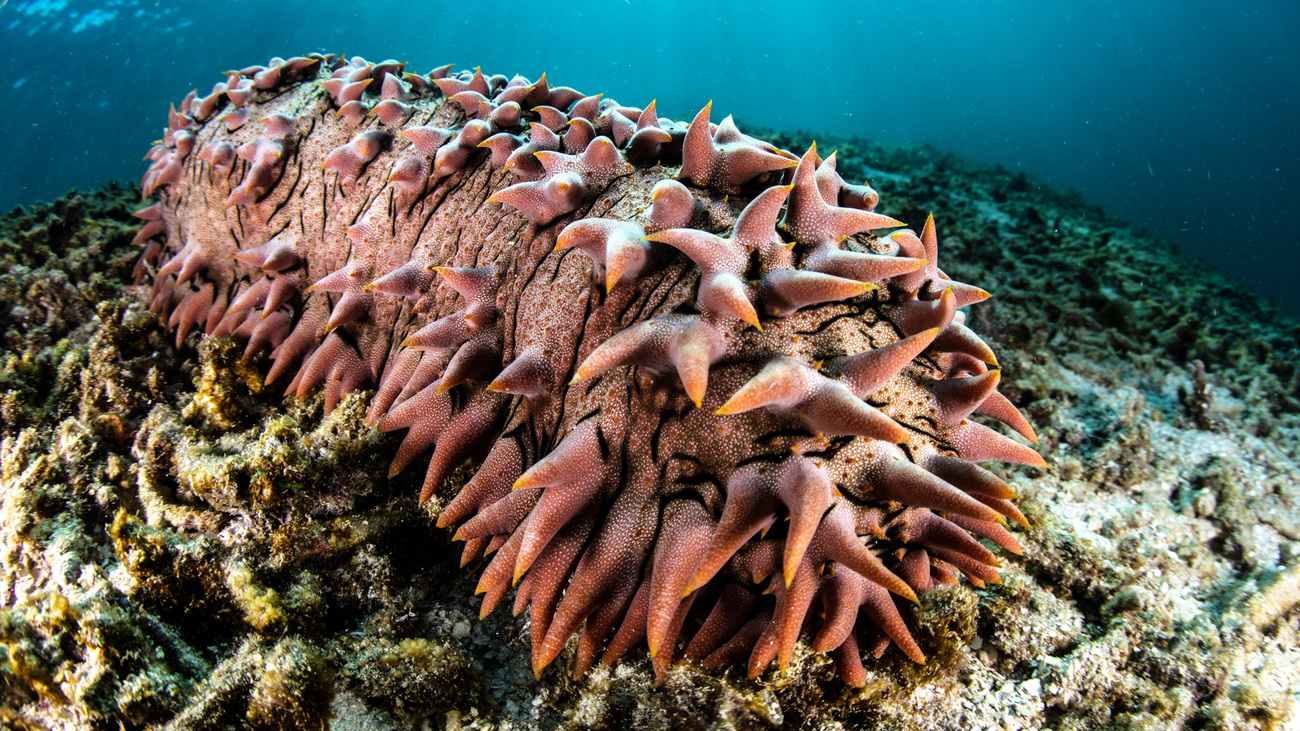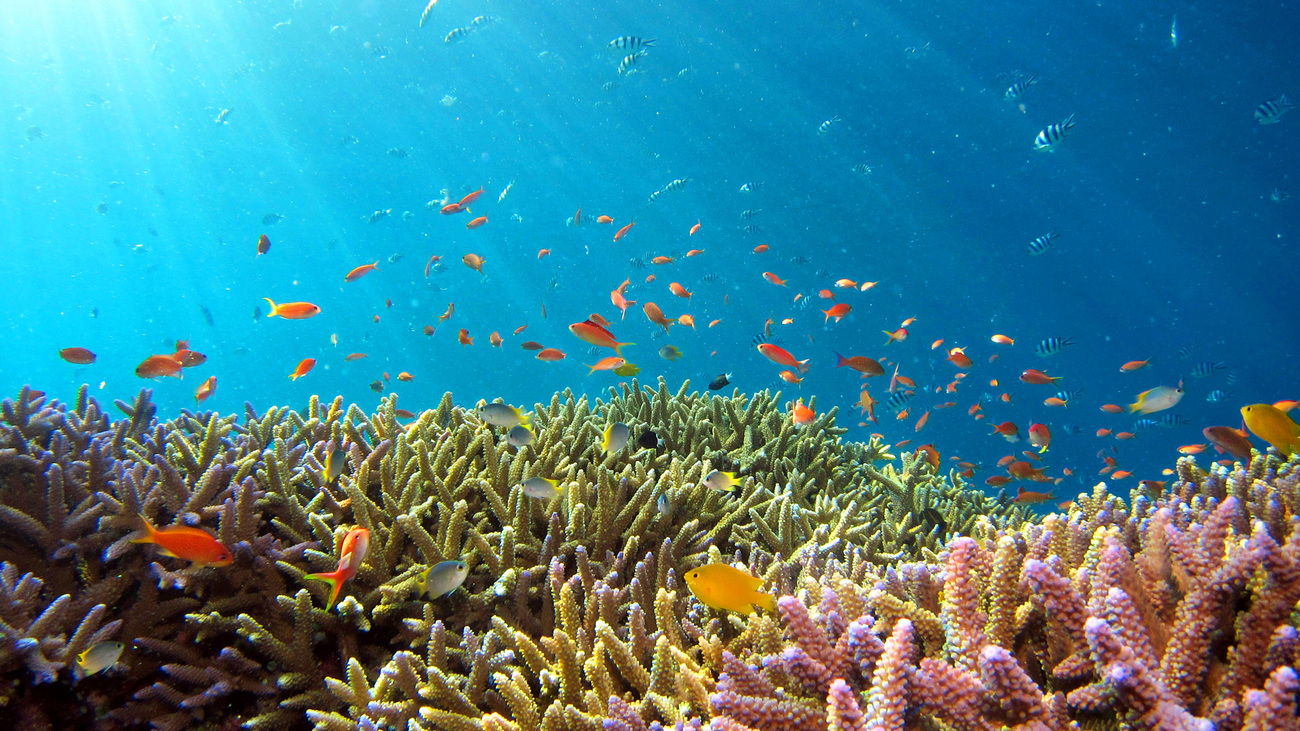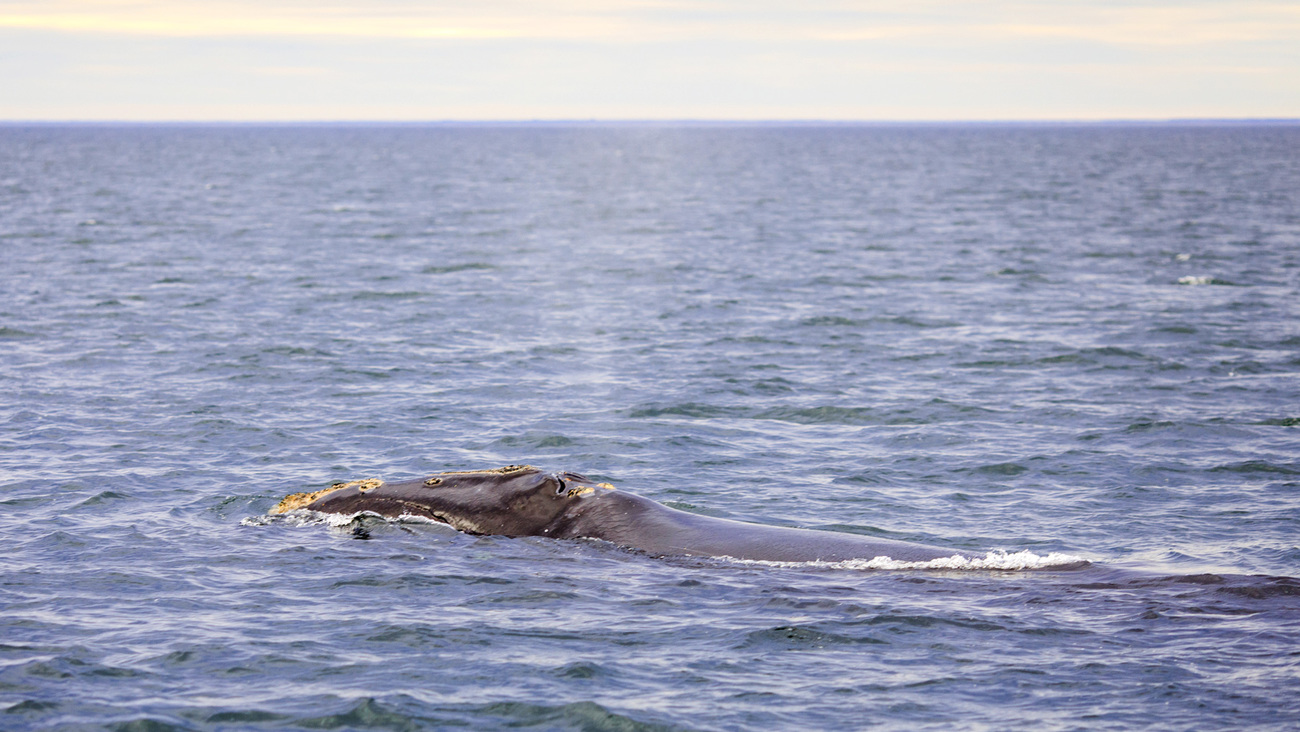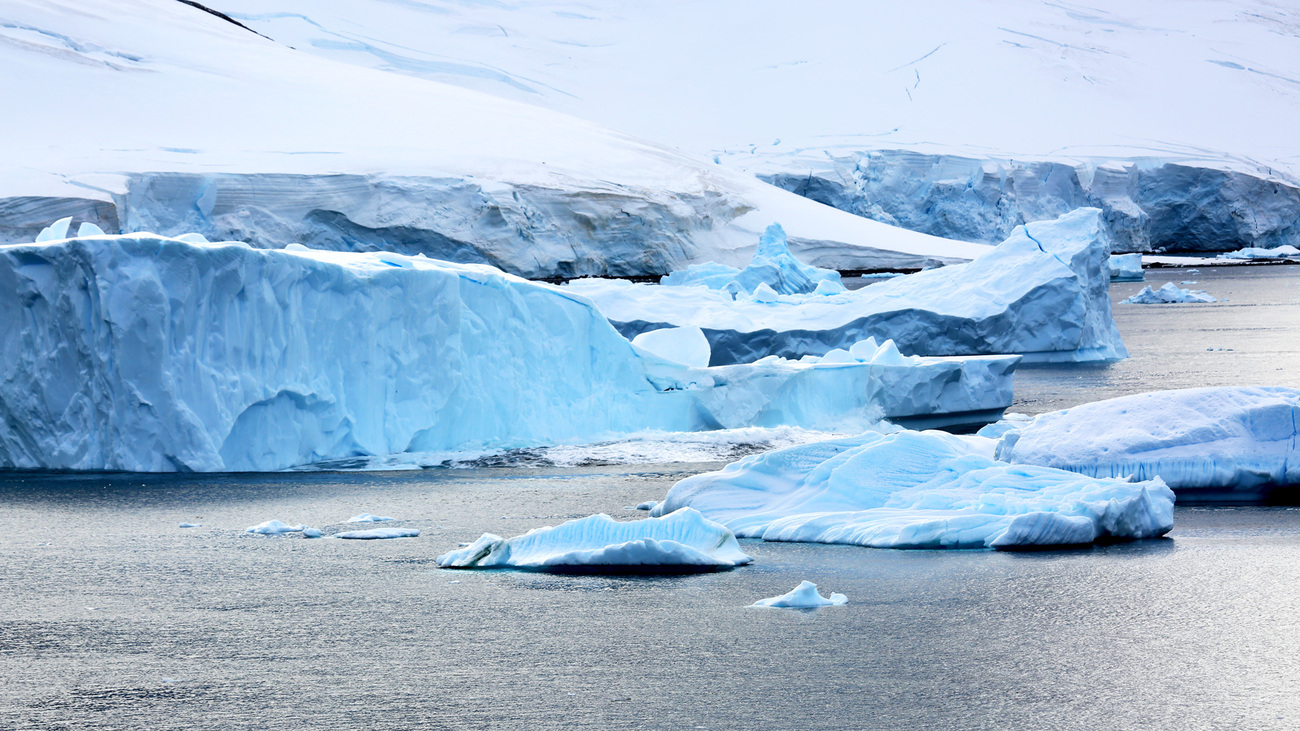Blog
What is Earth Day?
Read moreHow climate change impacts the ocean
Climate change impacts every corner of the planet, and the ocean is no exception. As climate change raises temperatures and leads to more unpredictable weather patterns, the delicate balance of marine ecosystems is increasingly at risk.
The ocean is the world’s largest carbon sink, absorbing approximately 90% of the excess heat caused by greenhouse gases and taking in 30% of carbon emissions. The carbon stored by the ocean is known as blue carbon. Its health and stability are critical in mitigating the effects of climate change. So, if we don’t prioritise the health of our oceans, we’ll be losing one of our greatest assets in the fight against climate change.

Let’s look at how climate change impacts the ocean, what the consequences are—including rising sea levels, biodiversity loss, marine heatwaves, and ocean acidification—why we need to do our best to protect the ocean, and how you can help.
One of the most visible consequences of climate change, specifically global warming, on the ocean is rising sea levels. Global warming causes rising sea levels in two main ways. First, as temperatures increase, ice sheets and glaciers melt, adding more water to the oceans. Second, as seawater warms, it expands, creating a higher volume of water.
Seawater levels have risen by over 23 centimetres (8 inches) since 1880, with about six centimetres of that increase occurring since 1993. This demonstrates the acceleration of human-caused climate change over the last few decades. Researchers estimate that the global sea level rise rate is now at more than 2.5 centimetres (1 inch) per decade.
While rising sea levels may not immediately sound like a threat, their ramifications extend far beyond mere numbers on a chart.
The more seawater there is, the greater the chance of threats like high tides, storm surge flooding, and other extreme weather events. Coastal communities and low-altitude regions, in particular, are at risk of flooding and coastal erosion, which threaten not only their safety but also their livelihoods and way of life.
Marine ecosystems also feel the effects of rising sea levels. Species like sea lions, whose coastal rookeries and haul-out sites are already under pressure from human activities and habitat loss, face further challenges as rising sea levels encroach upon their breeding grounds.
Marine heatwaves—prolonged periods of unusually warm ocean temperatures—are becoming longer, more frequent, and more intense due to climate change. These heatwaves can persist for days, weeks, or even months, affecting large areas of the ocean and reaching depths of hundreds of metres. Just like heatwaves can have consequences for humans on land, they can also harm marine life.

One of the most widely known consequences of rising temperatures and marine heatwaves is the global phenomenon of coral bleaching. This occurs when corals expel the symbiotic algae living within their tissues in response to prolonged exposure to high temperatures. As a result, the corals are then deprived of their primary food source, more vulnerable to threats such as disease and pollution, and more likely to die. Dead coral reefs, characterised by a white or ‘bleached’ appearance, cannot host the rich marine biodiversity they once did and can no longer sequester carbon dioxide from the atmosphere.
Marine heatwaves can also trigger harmful algal blooms, disrupt ocean nutrient cycles, and alter the distribution and abundance of aquatic species.
The Arctic is particularly sensitive to changes in temperature, affecting several species. For narwhals, the melting of sea ice reduces the availability of prey species as a food source and may increase competition as new species migrate into the changing ecosystem. Polar bears are also famously impacted by melting sea ice—you may have seen the images of them floating on tiny ice blocks, demonstrating the urgency of their habitat loss and loss of food sources.
Ocean acidification is a lesser-known but equally significant consequence of climate change that poses a grave threat to marine ecosystems worldwide. The ocean is a huge carbon sink, absorbing carbon dioxide from the atmosphere. However, it can only absorb so much before it affects the oceans’ ecosystems.
When CO2 dissolves in seawater, it reacts with water molecules to form carbonic acid, leading to a decrease in pH and an increase in the water's acidity. This process, known as ocean acidification, has caused a decline in the average pH of seawater from a slightly more alkaline level of 8.2 to a more acidic level of 8.1. Though this may not appear to be a significant drop in pH levels, it actually represents a 25% increase in acidity over the last two centuries.
Ocean acidification poses a significant threat to marine organisms, particularly those with calcium carbonate shells or skeletons, such as corals, shellfish, and certain types of plankton. As seawater becomes more acidic, these creatures’ calcium carbonate shells dissolve. The more acidic the water is, the faster these shells will dissolve. Their weakened structural integrity can make them more susceptible to damage from physical disturbances, disease, and predation. The creatures then need to expend more energy thickening or repairing their damaged shells, which can inhibit their growth. This can affect the food web, with less food available to their predators.
Moreover, these creatures act as carbon stores, which helps mitigate climate change. But as their shells dissolve, this natural way of removing carbon from the atmosphere is threatened.
Biodiversity refers to the variety of life forms, gene pools, habitats, and ecological processes that sustain life on earth. In the ocean, biodiversity is essential for maintaining the health of marine ecosystems and supporting the countless species that inhabit them. Marine biodiversity also supports the health and stability of the wider planet by maintaining oxygen production systems, carbon sequestration, nutrient cycling, and regulation of the Earth’s climate. Marine biodiversity also supports vital human economic activities like fisheries, tourism, and pharmaceutical research.

Climate change has directly or indirectly affected the biodiversity of the ocean in many ways. The rising sea levels, rising temperatures, ocean acidification, and more have all contributed to a significant loss of marine biodiversity.
One of the most pronounced impacts is on coral. Dubbed the ‘rainforests of the sea’, coral reefs are home to more than 25% of marine life in the world. Coral reefs boast an incredibly biodiverse ecosystem, home to more than 4,000 fish species, as well as turtles, plants, invertebrates, and marine mammals. As climate change disrupts the delicate balance of the ecosystems within coral reefs, it has a knock-on effect that leads to coral death. Without coral, many of the species that inhabit the reefs lack food and shelter, facing fatal outcomes. In fact, with rising global temperatures as a direct effect of climate change, the Intergovernmental Panel on Climate Change (IPCC) estimates that 70 to 90% of coral reefs will disappear if the planet’s temperature increases by 1.5°C. If global temperatures rise by 2°C, they project that 99% of coral reefs will disappear.
Loss of marine biodiversity leads to declines in key species like apex predators and keystone species, which can disrupt food webs, alter ecosystem dynamics, and reduce the resilience of marine ecosystems to environmental change. Whales and sharks are particularly impacted by reduced food availability due to biodiversity loss, which can also make it more difficult to reproduce, threatening the overall survival of these species.
Communities around the world rely on fishing and other marine activities for a source of income. In other words, their lives and livelihoods depend on the ocean. When climate change alters the ocean’s temperatures, it can change the distribution of fish and other species. This can have a major impact on vulnerable coastal communities.
Climate change can exacerbate the problems already faced by coastal communities, including shoreline erosion, flooding, and water pollution. Many communities are already facing increasing threats to their livelihoods due to these issues, and they can’t afford for their livelihoods to be in further jeopardy due to rising ocean temperatures and changing species distribution.
In addition, climate change contributes to rising sea levels as ocean ice continues to melt. Rising sea levels will only heighten the flooding and damage these communities face. They also increase the flow of saltwater into important freshwater sources. Lastly, rising sea levels degrade and destroy key wetlands and marshes, which provide water quality protection, natural flood water storage, and a reduced risk of erosion from surface water, in addition to serving as wildlife habitats.
Supporting community conservation and management enables them to create climate resilient seascapes that enable animals and people to thrive. By supporting them to adapt sustainably to climate change, we also support the capturing and storing of CO2 from the atmosphere.
Climate change can also change how, when, and where marine species migrate. One example of a migratory species is the critically endangered North Atlantic right whale. Recently, North Atlantic right whales have been migrating further north, into the waters of eastern Canada, including the Gulf of St. Lawrence. This increasing trend is likely motivated by warming ocean temperatures.
Another example is the beluga whale, which is facing changes to its migration through Arctic waters due to increasingly unpredictable ice patterns. Some beluga whales are even becoming trapped in ice due to its rapid melting.
Changes in migratory patterns affects how marine life will interact with human activities, such as shipping and fishing. When the travel of animals like whales becomes increasingly unpredictable year after year, it heightens the risk of these marine mammals becoming victims of vessel strikes and bycatch. That’s why it’s important to monitor whale populations and stay aware of their behaviour and movements. IFAW has introduced the Whale Alert app so those on the ocean can be aware of whales and prevent such tragedies.
IFAW is at the forefront of global efforts to protect marine ecosystems and reduce the impacts of climate change. With an unwavering commitment to conservation, we’re working to address the interconnected challenges facing our oceans and the diverse marine species that call them home.

We don’t just see animals as the victims of climate change—we see them as part of the solution. Not only do their natural behaviours help absorb carbon dioxide from the atmosphere, they also help store it, making them a huge asset in the fight against climate change.
One of our biggest focuses is on marine conservation and protecting our oceans. Climate change is one of the most pressing threats against life in the ocean, along with overfishing, pollution, and many more. We work with governments, organisations, and local communities to advocate for marine conservation and help implement much-needed protective measures. If you are in the US or Australia, you can help us urge your government to ratify the High Seas Treaty, an international agreement to protect the largest habitat on Earth. Act now by adding your name.
Every problem has a solution, every solution needs support.
The problems we face are urgent, complicated, and resistant to change. Real solutions demand creativity, hard work and involvement from people like you.
Unfortunately, the browser you use is outdated and does not allow you to display the site correctly. Please install any of the modern browsers, for example:
Google Chrome Firefox Safari